 NEWS FROM THE HOUSE
NEWS FROM THE HOUSE
PRESERVING THE PAST FOR THE FUTURE
VOLUME 37 FALL 2014 Thompson Barn Restoration
Over the Summer months the Berlin & Coos County Historical Society completed the stabilization of the Thompson Barn and are a big step closer toward the complete restoration of the 120 foot long structure. This was made possible with a grant of $24,083 from New Hampshire Land & Community Investment Program, $16,055 from the Neil and Louise Tillotson Foundation of the New Hampshire Charitable Trust and $1,022 in donations from local individuals and businesses. The Thompson Barn is one of two barns on the same 2.83 acre site that have been in the restoration process since 2003. The other is the Maynesboro Stud Barn. The Thompson Barn is so named because the property was own by the Benjamin Thompson Family from 1827 until it was purchased by the Berlin Mills Company (later Brown Company) in 1891. Benjamin Thompson bought a house and five acres from William Sessions in 1827; in 1891 the farm consisted of 450 acres. From 1880 to about 1903 Brown Company owned over 900 work horses. During mud season, from March to June, the horses were taken out of the woods. Brown Company kept many of them at the Thompson Farm, while the remainder were housed at other farms. Bryan Felice of Undustrial Timber Frames, Rumney, NH. was the contractor who did the structural work. Don Leclerc and the late Maurice Lavertue already replaced 70 feet of sill in 2010. The remaining 250 feet of the barn was jacked up anywhere from two inches to 19 inches on the Northwest corner. Eight foot sections of four tie beams in the rear section of the barn were replaced. About 110 feet of 8 x 8 spruce was used to replace or strengthen rotten sections of the sill. Once the structural work was completed, Dave Connolly and his crew from D&M Painting thoroughly scraped the building, applied one to two coats of oil primer paint and two top coats of latex paint. The barn now looks solid and almost new. In 2015 work will begin on the barn’s 55 windows.
Museum Store Offered for sale in our Museum Store are unique books by local writers, including Ray Daigle’s book, Berlin Mills along the Androscoggin River, a DVD documentary film of Berlin, and many postcards. The Museum is open Tuesdays through Saturdays from 12 noon to 4 PM for your shopping convenience. Prices and titles may be obtained by phoning the museum at 603-752-4590 or 603-752-7337. You may wish to visit our web site: www.berlinnhhistoricalsociety.org. The web site will give you access to the list of all items available and more information about the Museum with lots of pictures and stories of past events.
Barn Sales BCCHS thanks everyone who donated their left over yard sale merchandise for the barn sales as well as those who shopped in the Maynesboro Stud Barn during one of the six sales held from June through October. BCCHS had close to record sales and are looking forward to the summer of 2015 to satisfy all of your shopping needs. Thanks to your support, we are able to operate the Moffett House Museum and continue with the restoration of the Brown Company Barns.
Notre Dame Arena Much needed up grades on the Notre Dame Arena are almost complete thanks to a $100,000 grant from the Neil and Louise Tillotson Foundation of the New Hampshire Charitable Trust. BCCHS director Walter Nadeau wrote and submitted the grant application for the Notre Dame Arena Corporation to help finance the $300,000 project. BCCHS accepted and managed the $100,000 grant for the Arena. The Notre Dame Arena cannot accept grant money because they are not a 501(3)(c) organization and BCCHS took the role as fiscal agent. As shown in the photo collage on page three, the front of the Arena has a new beautiful facade with seven faux stone columns and a bright red steel roof. With this new facade, no more water, snow and ice with fall in front of the main entry doors. There is also a drainage system to carry away the rain water. The 2600 square foot Spartan Weightlifting Club, which is over the lobby area, is receiving many upgrades, including electrical, energy, structural and cosmetic upgrades. Once completed the Arena will use 2500 to 3000 gallons less fuel to heat the front area of the building. In 1932 a Mr. Coulombe built an ice skating rink on the Notre Dame Arena site. There were small bleachers about five steps high that surrounded the rink with a wall behind them and a small roof. In 1945 Father Omar Bousquet bought the Coulombe rink with his personal funds and began to raise money to build the Notre Dame Arena. Construction of the Arena was completed in 1947 for $38,000 and took only 65 days to build and was the second covered arena in New Hampshire. On any given day, up to 300 volunteers would show up to work on the building. Man made ice was installed in 1966 for $70,000. As most know from that time period, in February 1969 the Arena caved in from snow load resulting in the death of 15 year old goalie Normand Boucher. However, Berlin rallied and hockey was played again in the “new” arena one year later. The Notre Dame Arena was the home of the Berlin Senior A Maroons team. The Berlin Maroons played Hockey from 1937 to 1972, won the New England championships seven times, along with three Amateur National titles in 1954, 67 and 68. The Notre Dame Rams played there from 1947 until the school closed in 1972. During this time, they were NH champs 19 times, New England champs once and New England runner-up once. Berlin High School still plays hockey in the Arena today. Berlin High School has had a hockey team for 85 seasons since the 1921/22 year. It has been state champions nine times, New England champs once and runner-up twice. BCCHS considers the Notre Dame Arena to be a significant part of Berlin’s History and Culture. We took great pleasure in supporting this project. 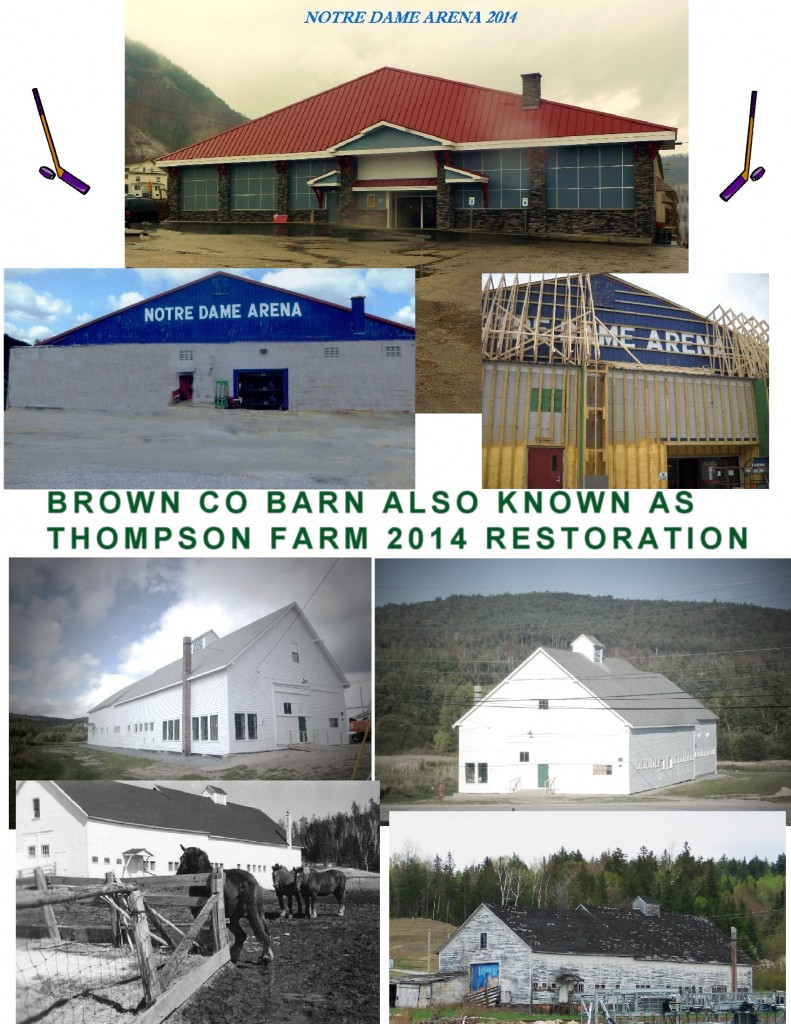
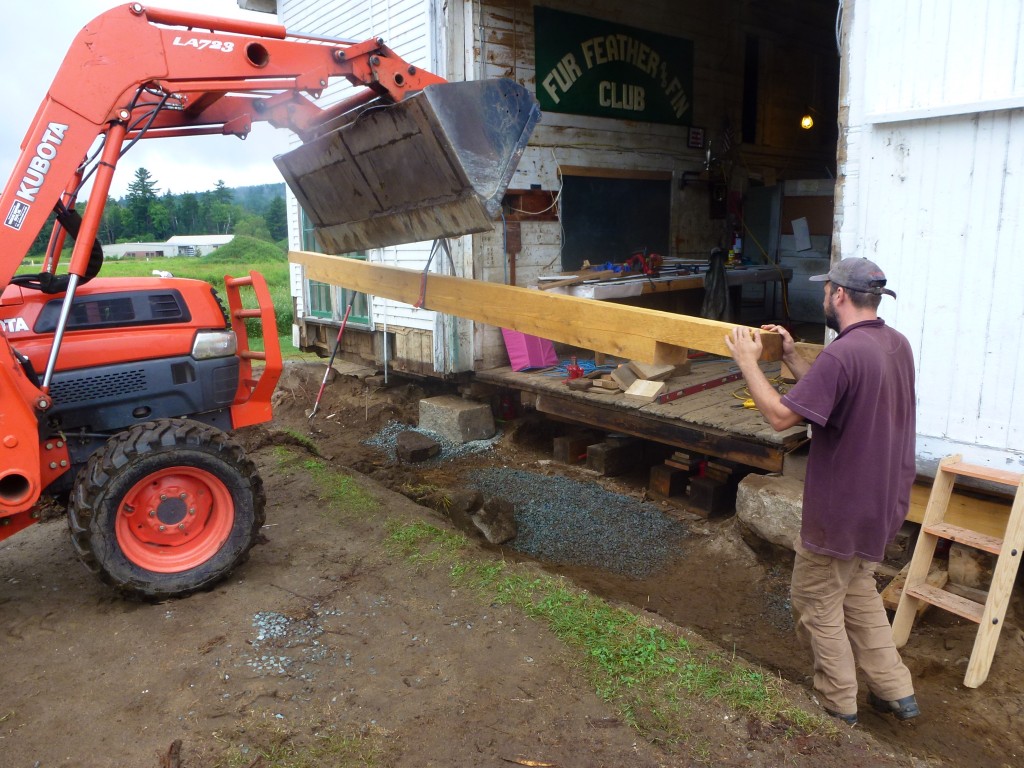

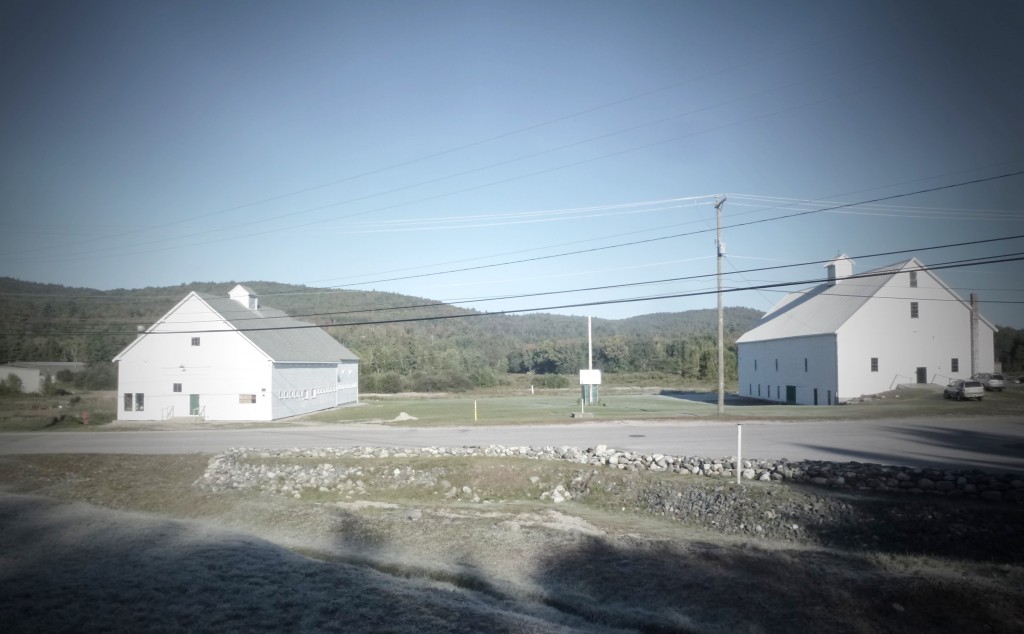
Keeping Tabs on a Thousand Horses Up to 1901 there was no systematic record of the Berlin Mills Company (later Brown Company) work horses. The Company removing most of the logs out of the forest with horses. On October 09, 1901, William Robinson Brown called a John Farrington into his office and asked him to get some branding irons. WR Brown told Farrington to begin in the Berlin stable and then go to all the places where the company had horses, brand and make a record of them. The record was a documentation all pertinent information on the horse. For example, horse # 1 was a bay mare, ten years old, weighed 850 pounds and valued at $75. When the horse died, the record was made in another book and charged out to profit and loss. It was necessary to mark each horse for identification. This was done branding numbers into the hoof of the horse near the top. This was the most pain less way to do it. Some horses became so agitated that it was necessary to cover their heads with a blanket so they would stand quiet for the branding. As the hoof grows downward, the branding mark would grow down and off in about 6 to 8 months. Because of this, the horse was branded twice a year. The horse was branded on the left hoof in the fall and the right in the spring. The highest number recorded was 928. The Company’s ownership peaked in 1903 and diminished to 75 horses in 1930 as most of the logging was contracted out. This size herd was maintained until the mid sixties. 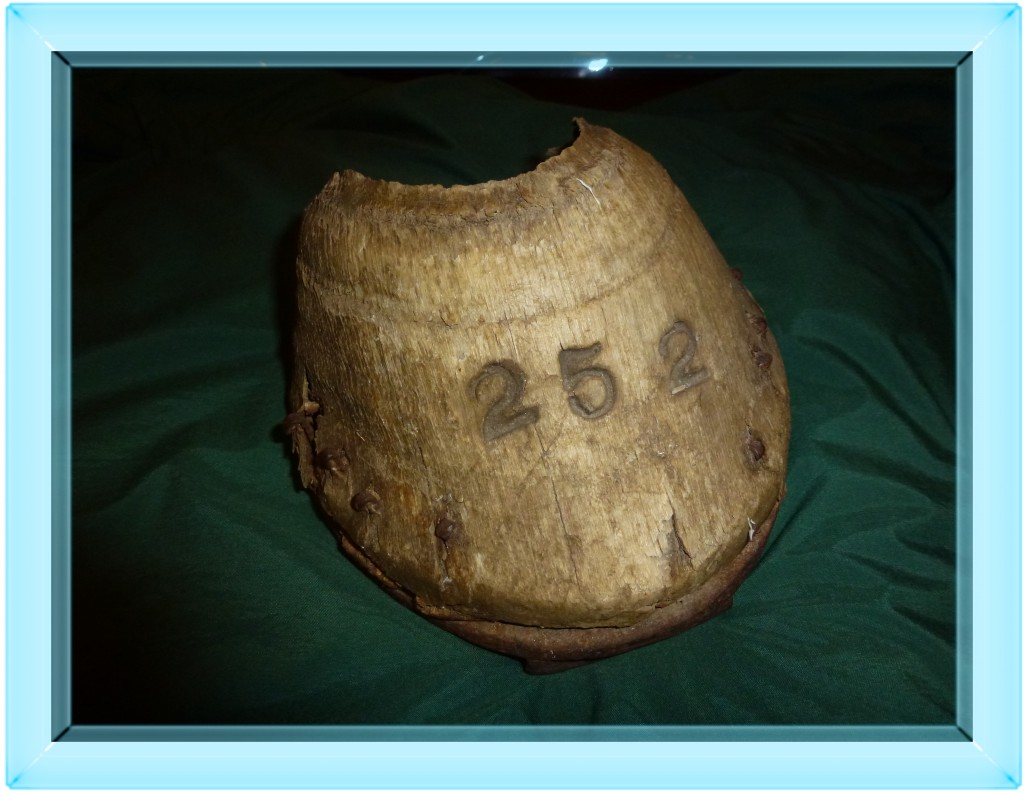

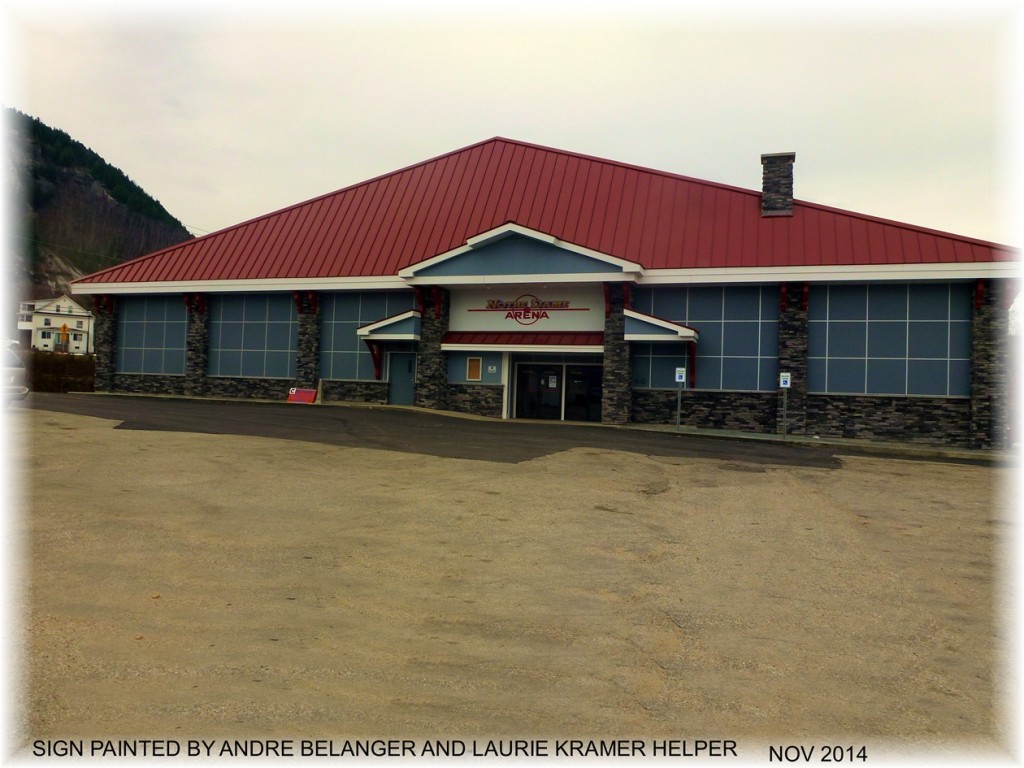
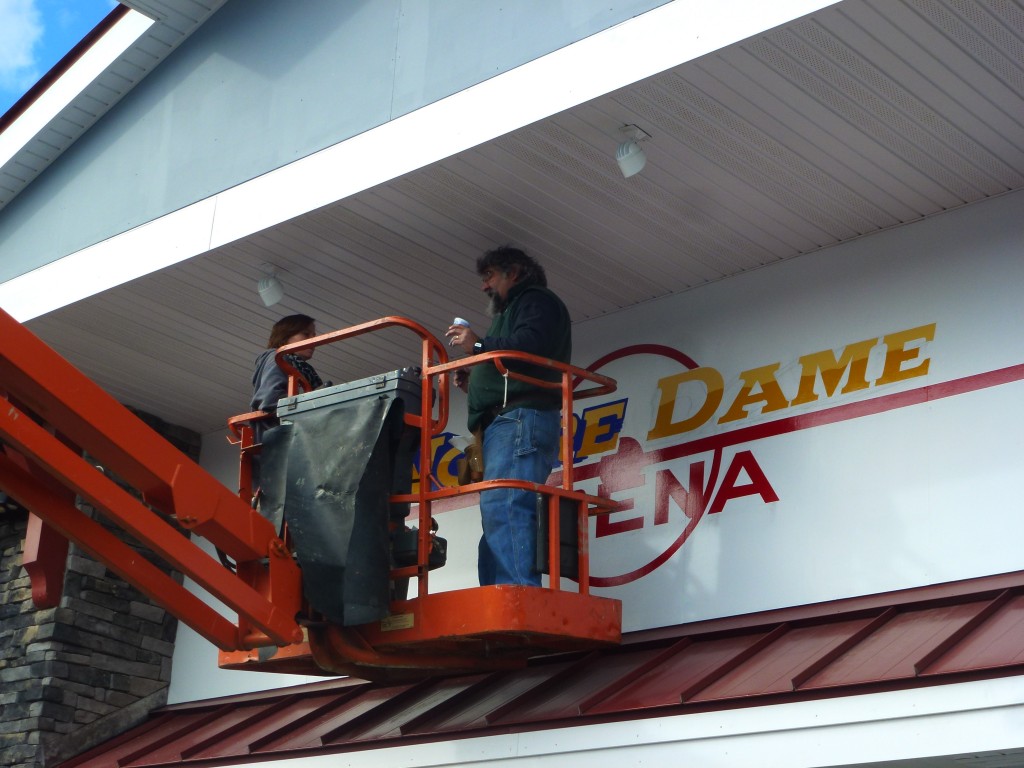
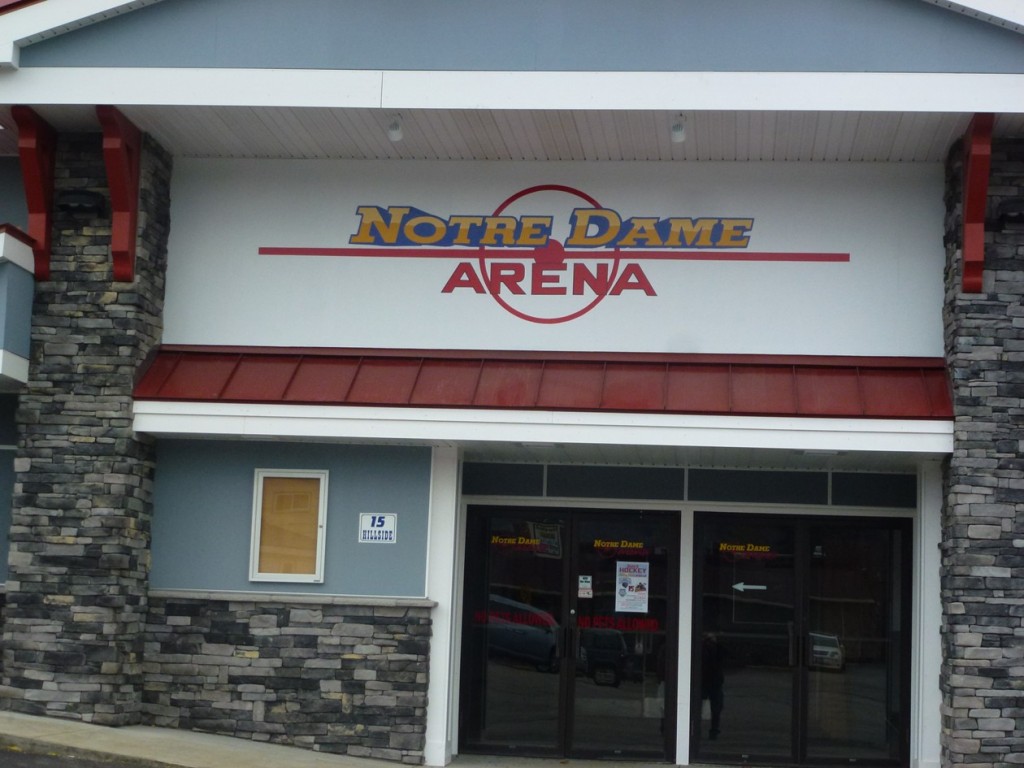
 Follow
Follow